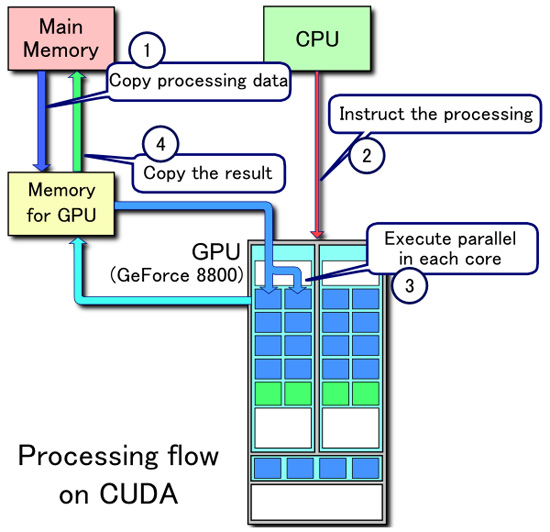Cryostasis PC Game TechDemo – Physics Benchmarking
Cryostasis Gets Loaded With PhsyX
Physics acceleration has become the latest buzz topic in the GPU industry with Nvidia, AMD, and Intel all scrambling to acquire and promote physics technologies. Nvidia has been developing the PhysX real time physics engine and in its latest move enabled physics calculations on all CUDA-enabled GPUs.

Prior to PhysX, physics simulations were performed by the CPU in a computer. While modern CPUs like Intel’s Core i7 feature strong multi-threaded capabilities, they pale in comparison to GPUs with their many hundred cores. With the massive performance jump going from a CPU to a GPU for physics calculations, game developers can now introduce realistic physic simulations like water physics, realistic hair, and flexible cloth models.

Today we’ll be taking a look at the latest Cryostasis: Sleep of Reason demo from Nvidia. This game is Nvidia’s latest poster child and a short demo has been made available because of its heavy integration of the PhysX engine. With the game not even complete, and it won’t be available till February 2009, this is just another case of Nvidia thumping its chest for attention. However, since physics acceleration is a major developing technology, we decided to take a look.
Cryostasis is the first game to use the GPU to calculate fluid simulation using smoothed particle hydrodynamics (SPH). Unlike a regular particle system which typically only accounts for collision, SPH computes viscosity and repulsion forces which make the particles splash and puddle as if they were part of a real fluid. Additional PhysX features include tarps, curtains, rag dolls and rigid bodies.
We will be comparing an ATI Radeon HD 4870 1GB with an NVIDIA GeForce GTX 260 216-core with both cards using the latest drivers and looking at the differences in performance. In a non-PhysX environment, the Radeon HD 4870 1GB and the GeForce GTX 260 216-core tend to slug it out rather evenly so it’ll be interesting to see how things balance out when physics are introduced. We will also be tossing in a GeForce 9600 GT into the mix as a dedicated PhysX card to see if that improves the performance of the benchmark using the GeForce GTX 260 Core 216.

Comments are closed.